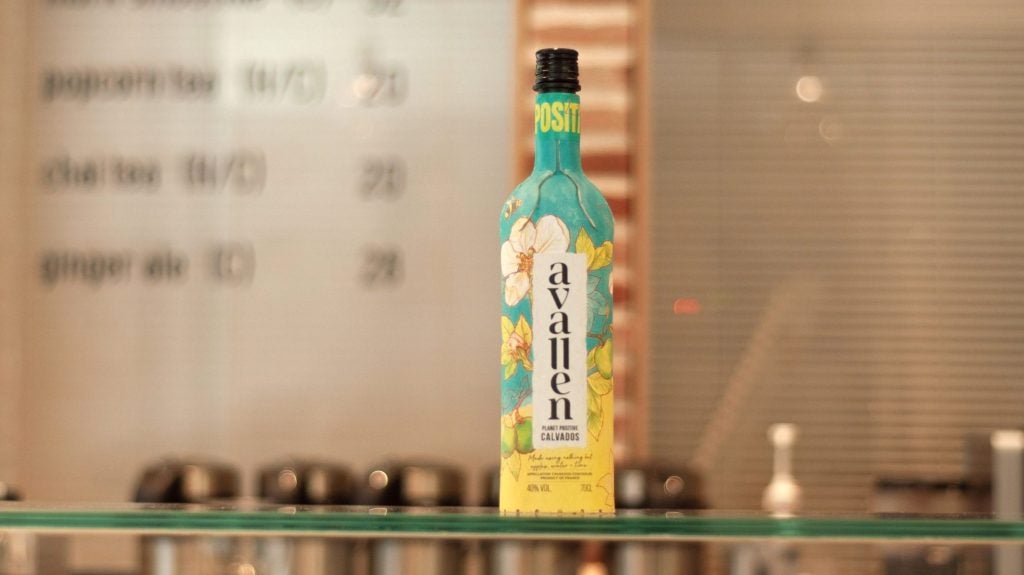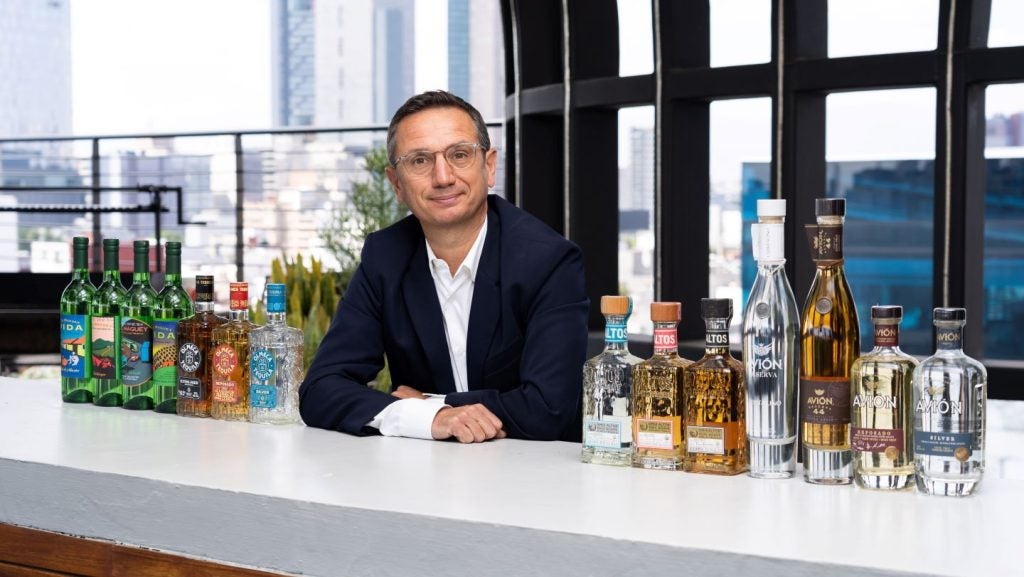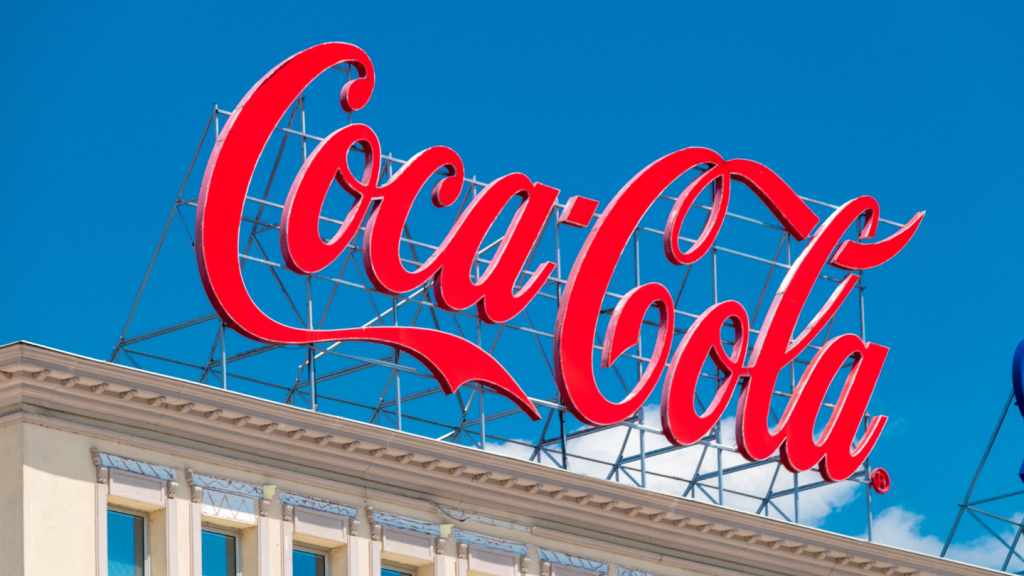 Pernod Ricard has confounded the sceptics by smoothly integrating the Seagram business whilst riding the worst effects of adverse market conditions. With better-than-expected 2002 results, the company is looking for continued steady organic growth in 2003 and possibly further acquisitions. Chris Brook-Carter reports.
Pernod Ricard has confounded the sceptics by smoothly integrating the Seagram business whilst riding the worst effects of adverse market conditions. With better-than-expected 2002 results, the company is looking for continued steady organic growth in 2003 and possibly further acquisitions. Chris Brook-Carter reports.
It’s been a year that has seen Pernod Ricard double in size as it integrated the Seagram wine and spirits business acquired in conjunction with Diageo at the end of 2001. It has also been 12 months of enormous economic uncertainty, with stock markets crashing and economies – particularly in Latin America – going into meltdown while rival drinks companies have issued lacklustre results and downbeat trading statements.
However against this backdrop, last week at a conference in London, Pernod Ricard’s joint managing director, Pierre Pringuet, was able to reveal to journalists that the company had exceeded both analysts’ and its own expectations by recording a net profit for 2002 of €413m (US$436.7m), up 15% from 2001. Operating profit rose by 67% to €750m on sales 6.1% higher at €4.8 billion. Meanwhile, wine and spirits earnings leapt by 106% to €710m.
The results were better than had been predicted. Indeed, some observers had been suggesting Pernod might end up with a bloody nose after the Seagram acquisition. It is more common for large international integrations to deliver unexpected bad news rather than positive reports, particularly when you are also coping with an economic slowdown.
Some had feared at the beginning of 2002 that overstocks of key Seagram brands could derail Pernod’s efforts over the last five years to place itself firmly in the top league. And given that Chivas at one point had an inventory surplus of 750,000 litres and Martell overstocks of 450,000 litres, the fears were more than justified.
How well do you really know your competitors?
Access the most comprehensive Company Profiles on the market, powered by GlobalData. Save hours of research. Gain competitive edge.

Thank you!
Your download email will arrive shortly
Not ready to buy yet? Download a free sample
We are confident about the unique quality of our Company Profiles. However, we want you to make the most beneficial decision for your business, so we offer a free sample that you can download by submitting the below form
By GlobalDataCertainly in the first half of 2002 things did not look good on that front. Volumes of Seagram’s Gin were down 7.5%, Chivas Regal had fallen by 18.4% while Martell plummeted by 22.1%.
So, given that start to the year and the general economic climate, these figures undoubtedly represent something of a triumph for the group, not only demonstrating that it has successfully integrated the Seagram business, but that it has laid a very sound foundation for future growth.
Just how sound was demonstrated by the fact that only 15 months after the largest acquisition in the company’s history, Pringuet was able to field questions about future acquisitions with the confidence that Pernod could continue to be part of on-going industry consolidation, even in the short term.
“Our immediate target is organic growth and reduction in debt,” he said. “But
“It is quite clear consolidation will continue. How and when it will happen I can’t predict as companies are not for sale on the shelves of the supermarket.” |
And the reality is that Pernod is, despite the size of last year’s integration, in a position to acquire again – at least in financial terms. “Debt is not a problem, for Pernod Ricard,” Pringuet said. Indeed, net debt has fallen from €3.7 billion at the end of 2001 to €2.3 billion, while the gearing – the ratio between net equity and debt – has now fallen to only 0.88 from 1.47 a year ago. This is testament to both the smooth integration of the new businesses, the better than expected restructuring costs and the well-managed disposal of the Seagram assets it did not require.
However, logistically, another big acquisition is unlikely and probably unwise at the moment as the board still has its hands full getting to grips with the new brands it has just bought. And Pringuet was keen to stress that talk of overtaking Allied Domecq as the world’s number two was subsidiary to delivering shareholder value.
“We don’t have a feeling for magic numbers of number two or number three,” he said. “But it is clear that
“The first thing to achieve is profitable growth for the shareholders. Size is secondary to that.” |
And despite the strength of these results, this year was still very much a year of integration. Overall the flagship Seagram brands were still down – Seagram’s Gin by 0.4%; Chivas by 9.1% and Martell by 10.5%. The figures are a vast improvement on the six months results and a sign that the integration has gone well, but the true proof of whether Pernod is up to handling its new size will be in 2003, when analysts will start demanding growth from these core brands.
On top of this there are some worrying declines in some of the company’s historic brands, particularly in the anis sector, which saw Pastis 51 down 2.6% and Ricard fall by 2.9%, as well as Wild Turkey which dropped 5.4%.
In Pernod’s favour, internally it too has viewed the year as one of transition and has spent nothing on advertising and promoting the Seagram brands. George Nectoux, CEO of subsidiary Chivas Brothers, called 2002 “not a legitimate year” in this respect.
However, 2003 will see major campaigns for Martell and Chivas Regal as well as the development of a Seagram Vodka to sit alongside the Gin brand – apparently a reaction to the consolidation of Diageo’s US distribution set-up and the subsequent removal of Smirnoff from a number of distributors’ portfolios. The company also has high hopes for growth from The Glenlivet.
All this will be backed by a marketing budget worth 20% of the group’s sales, a bold statement of intent, particularly in these times. Indeed, some analysts have questioned the wisdom of this commitment, pointing out that profits could easily be consolidated further if this amount was cut. However Pringuet said: ”
“To slash A&P would be the most sudden way of increasing profit but the surest way to ruin our business.” |
Yet despite this confidence the company refused to give any guidance as to how it expected to perform this year, despite the fact we are almost three months into 2003. Instead it will give an update at its AGM in May.
Historically, Pernod has delivered 5%-6% growth per annum, but Pringuet said that due to the global uncertainty he could not say whether that would be achieved in 2003. It is an uncertainty that faces all the drinks companies so Pernod is not alone. However, it is unclear how much the company will be affected by anti-French sentiment in the US – there is already talk of postponing the launch of the new Martell advertising there – and to what extent the traditional growth figures will be hauled down by the more sluggish Seagram brands.
For those answers we will have to wait until May. But in the meantime shareholders should take confidence in the comforting knowledge that Pernod’s stock climbed 3.2% from January 2002 to January this year, while the market in general fell 59%.







